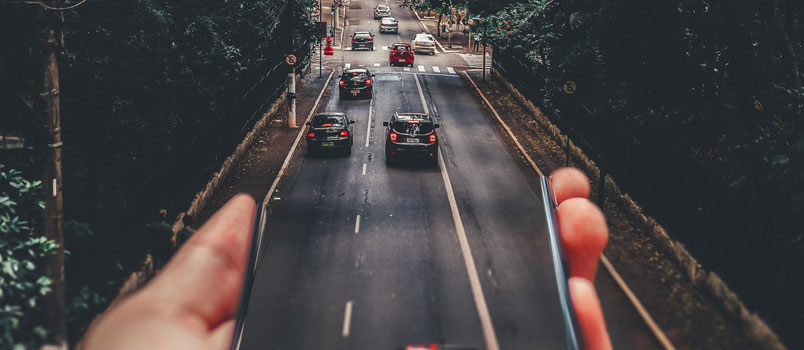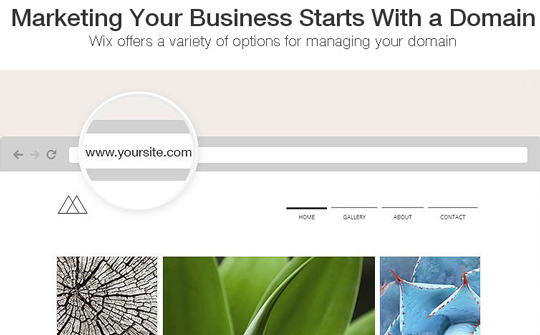One of the greatest pieces of advice that applies to the worlds of business, marketing and design is KISS – Keep It Simple Stupid. As a designer, your primary goal is communication; you want to visually convey a message, spark emotion and motivate action. And the best way to do this? Keep it simple.
You know that minimalist design is more difficult than it looks, yet is incredibly powerful when it comes to helping viewers focus on the trigger points. Whether you’re designing a brochure, postcard or website, keeping your design simple will yield greater results. Here are 10 ways to cut the clutter and simplify your designs to make them as functional as they are aesthetically appealing.
1.Define the end goal
Before you create your design, determine what the end goal is – then design everything with that end goal in mind.
2.Cut what doesn’t fit
If it doesn’t help advance progress toward your end goal, cut it. In the writing industry, there’s a saying that goes “kill your babies.” It means that no matter how good it is, if it doesn’t progress the story it has to go. The same applies to design.
3.Let graphics do the talking
I’m not suggesting you overload your design with unnecessary, distracting graphics; but I am saying that a single, great photo or graphic that tells the story can be worth far more than 1,000 words.
4.Say it in 10 words or less
How many brochures have you seen that are cluttered with paragraph upon paragraph of nonsense no one will ever read? If it needs to be said, keep it short and sweet. Challenge yourself to reduce any block of text to 10 words or less, and you’ll end up with clear, concise, sharp copy that gets read and motivates readers.
5.Add white space
Yes, yes, you know white space is important. But try this: When your design is finished, add another quarter-inch or 20 pixels of white space around everything, and compare it to your original. I’m betting you’ll like the additional white space.
6.Simple typography
Limit yourself to two fonts, plus your logo font, if applicable. This keeps your design straight-forward and easy to read.
7.Make your layout intuitive
It can be tempting to create the most original layout the world has ever seen, but doing so can also confuse readers and potential customers. Information should be found where they expect it, so make sure your layout caters to customer expectations. Few things are as frustrating as when a web designer places a navigation menu in a “clever” spot; I just want to quickly find what I’m looking for.
8.Limit colors
Use color sparingly, and limit your color palette. Some designs might call for a rainbow, but most can get by with two or three colors. Sparse use of color helps draw readers’ eyes to the most critical content.
9.Stick to the grid
A grid-based design is natural to the human mind, so design to a grid to make your message easy to understand.
Don’t forget to print
Viewing your work in its finished form can help you solve problems before it’s too late. That’s why web designers have to suffer IE, why you should double-check responsive websites on Blackberries, and why you should always print brochures, business cards, postcards, and other designs at full size before you sign off on a design. I think this is especially true for print, because it’s easy to misconstrue a given element’s position and size on a computer screen and, after all, you can’t edit a finished piece via ftp.
How do you keep your designs simple?







We really wanted our typography to be a strong point, but definitely kept away from having too many different styles – it can be very distracting for the user!